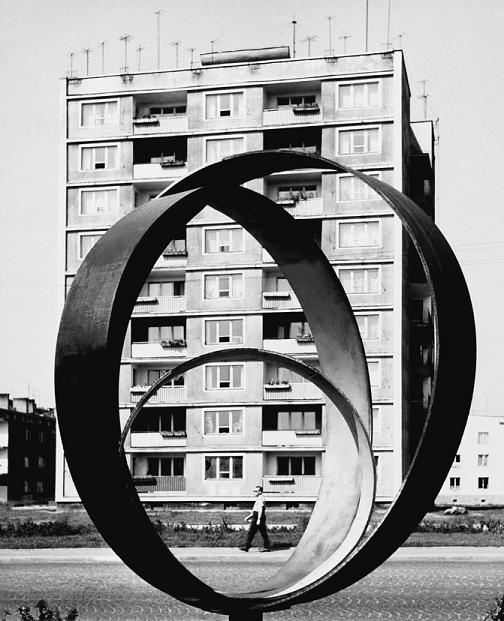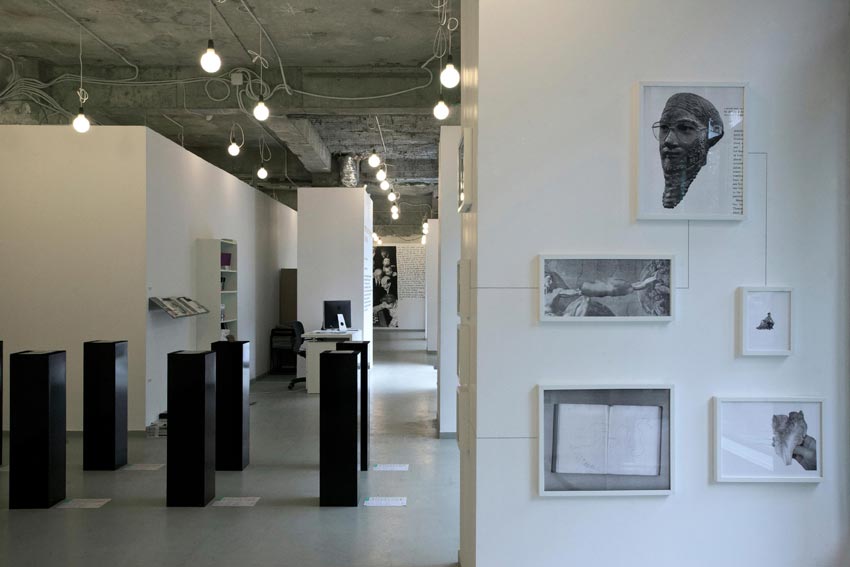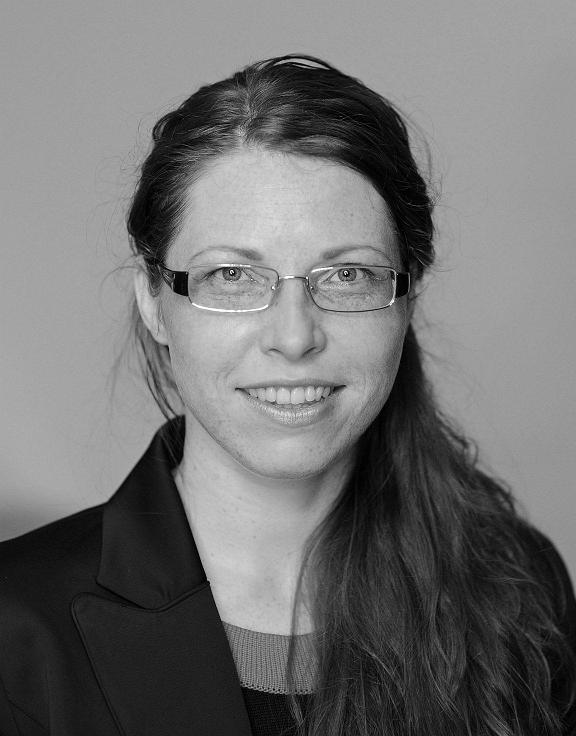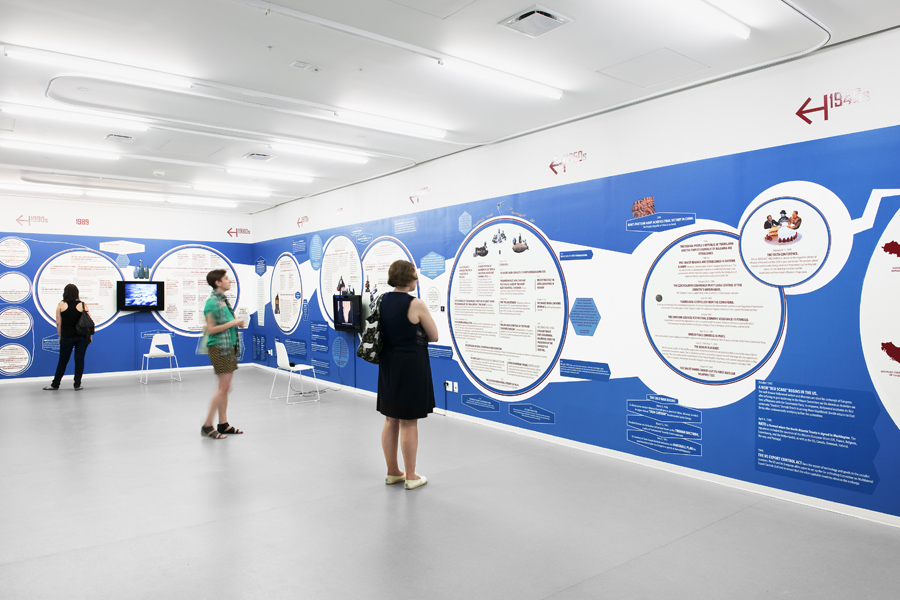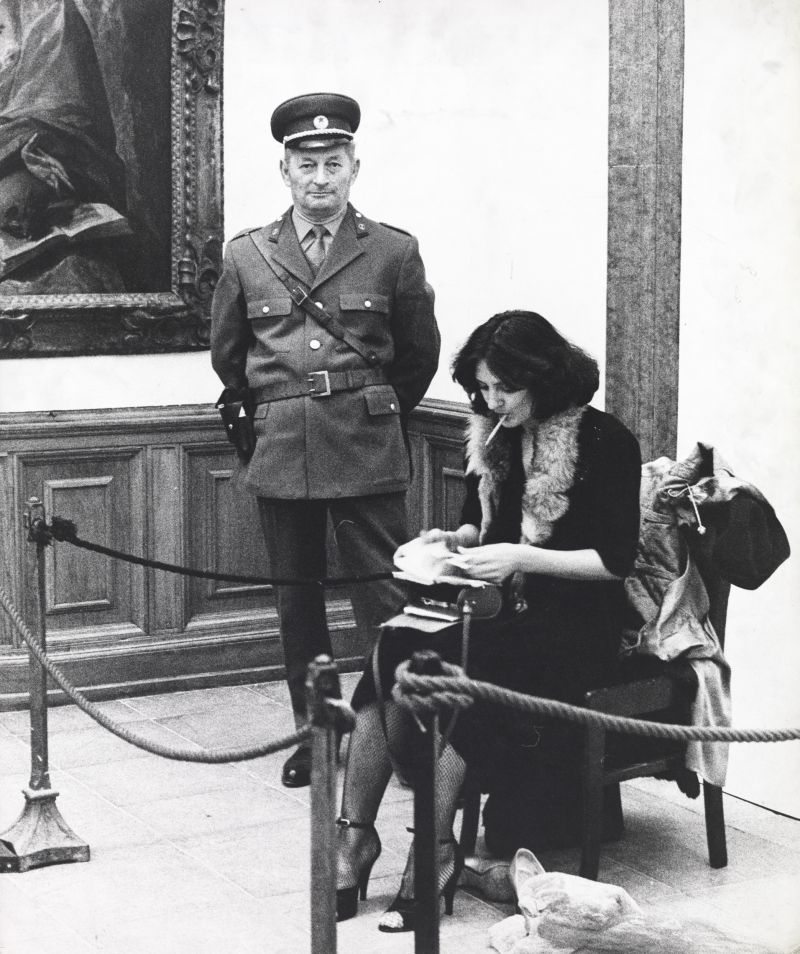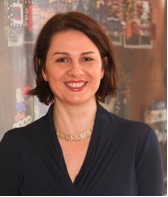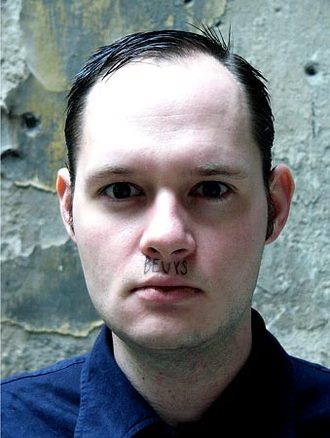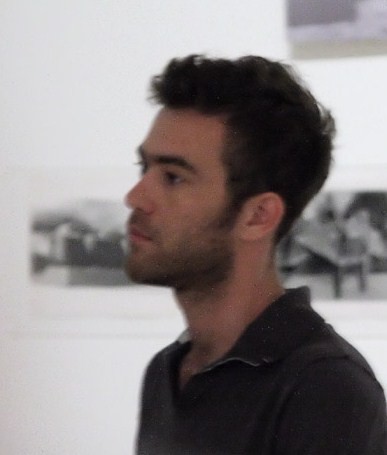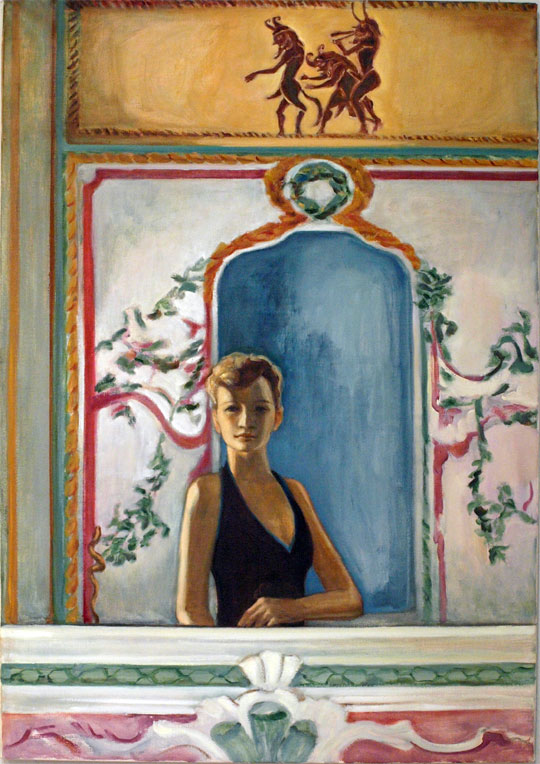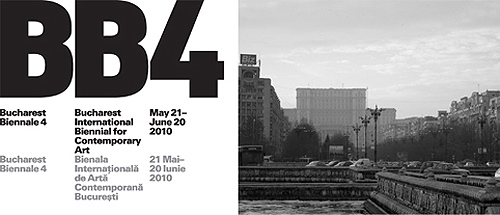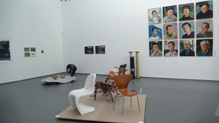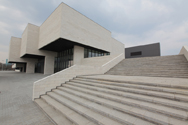Jan Tichy: Light Source
Jan Tichy (Czech, b. 1974) is a Chicago-based artist who works at the intersection of multiple media. Central to his practice is the use of video projection as a time-based source of light as well as modernist photographic histories that serve as both formal inspiration and conceptual lens for exploring contemporary sites. His recent project 1979:1-2012:21: Jan Tichy Works with the MoCP Collection was on view at the Museum of Contemporary Photography, Chicago, October 12- December 23, 2012 (http://www.mocp.org/exhibitions).
At the core of Jan Tichy’s multimedia practice is an investigation of the protean and plastic properties of light, an … Read more


